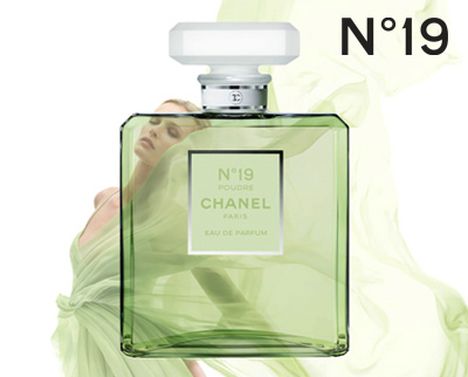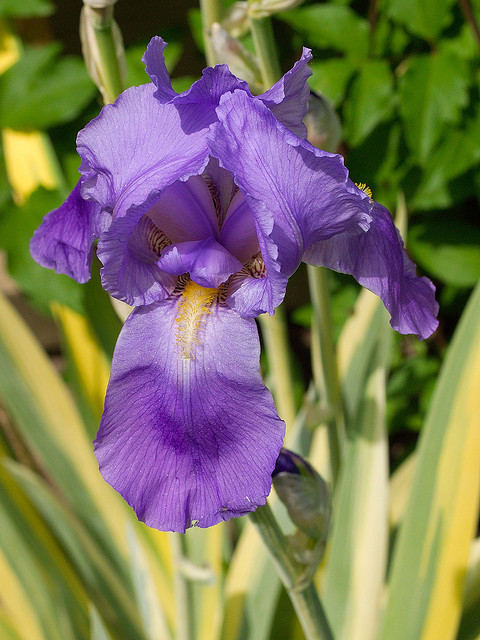IRIS | The Winter Hip-Note
February 22, 2012
Disclaimer: The views and opinions expressed herein are solely those of the author and/or guest contributors and do not necessarily state or reflect those of
The Perfume Magazine LLC, Raphaella Brescia Barkley or Mark David Boberick.
All content included on this site, such as text, graphics, logos, icons, videos and images is the property of The Perfume Magazine, LLC. or its content suppliers and protected by United States and international copyright laws. The compilation of all content on this site is the exclusive property of The Perfume Magazine, LLC. and protected by U.S. and international copyright laws.
The Perfume Magazine Banner was designed exclusively by GIRVIN and is the property of The Perfume Magazine, LLC. and are protected by U.S.and international copyright laws. Additional Banner information can be found on our ABOUT page.
All images appearing in the banner are registered trademarks of their respected company and are used with permission.
© Copyright. 2011. All Rights Reserved. The Perfume Magazine LLC
By Mark David Boberick
Managing Editor
ARTICLES
The next time you pass by your local flower shop, take a minute to stop and smell the irises. No, really – lean in close and inhale deeply. What do you smell? More Than likely, you’re not smelling very much of anything – at least, nothing reminiscent of the iris note found in many of the most recent fragrances to hit the perfume counters. And the reason is very simple – you’re smelling the wrong end.
Unlike many flowers such as rose and jasmine whose essences are extracted through varying processes from the buds and petals, the true beauty of iris (orris) lies in its root system, also called the rhizome.
Describing the process of obtaining the raw material in his 2008 book The Essence of Perfume, Roja Dove explains that, “as the rhizome dries, an isolate forms inside it called irone; the longer it is dried the more irone it will produce. It is dried for three years, ground and steam distilled. It forms a waxy paste known as Orris Butter which is reminiscent of a concrete. The butter is then washed with alcohol to remove the waxy elements. The process takes approximately six years and results in an unimaginably small yield, which is why it costs some three and a half times the price of gold bullion and is now very rarely used other than in the finest compositions.” Fortunately, modern science has given us a suitable synthetic (methyl ionone) to use in place of the real thing.
So what about Iris is so special that it was chosen by the people at Tru Fragrance, a leading fragrance development company, as this winter’s Hip-Note? Lucy Adler, vice president of sales & marketing for Ungerer & Company explains that “iris is a full-bodied floral note that is full of mystery and in perfume - it imparts top, middle, and base note characteristics.” This rich, distinctive character is rather “like a girl that needs a lot of attention,” says Adler.
Indeed, in recent months iris has gotten quite a lot of attention, being a predominant note in over a third of all new fragrance launches in 2011. “For many years, you didn’t see a presence of Iris at all,” Adler says, “but there is a rising demand for pragmatic luxury, both affordable and attainable, and the multi-dimensional iris is a key player in achieving this luxury.”
PRADA Candy, launched in August of 2011, is one of several major scents that has given in to the exceptional qualities of iris. “Candy is a playful iris fragrance where the iris note is a versatile player that adds a touch of creaminess to the overall composition,” Adler says.
Even Chanel embraced iris in 2011 with the release of No. 19 Poudre, the first flanker to 1971's legendary No. 19, itself a fragrance with a predominant iris note said to have been worn by Coco Chanel, herself. No. 19 Poudre, was created by Chanel’s in-house perfumer Jacques Polge and celebrates another facet of the versatile ingredient – it’s smooth, powdery quality.
“Iris does not hide well in a composition, so perfumers have to be very careful not to overdose it,” Adler said. “Once it is added, it must be acknowledged.” One of the most successful fragrances to embrace such an overdose of iris is the stunning Guerlain Shalimar Parfum Initial (which I named the best fragrance of 2011). Parfum Initial was developed by Thierry Wasser, Guerlain’s in-house perfumer and is the fragrance house’s attempt at drawing a younger audience towards its legendary Shalimar, originally created by Jacques Guerlain in 1925.
Iris is also a go-to material when a perfumer wants to impart an earthy quality to a fragrance as in Olivia Giacobetti's incredible Hiris, created in 1999 for Hermes. Hiris is a scent that tells a story in vivid detail, centering arounf a cool iris seemingly plucked right from the earth, dirt still clinging to the roots.
Iris maintains an unusual ability to be translated into many different dimensions, including violet notes, which play on the brightness of the flower as in Tom Ford Violet Blonde.Other recent launches that have chosen to embrace this winter's hippest note include Burberry Body and BCBG Max.
The beauty of iris abounds at all levels. Visually, it has been favored by artists from Vincent Van Gogh to Georgia O'Keefe. In Florence, where the most prized iris plants are grown, purple fields overflow with the blossoms. For hundreds of years, Iris has been a staple ingredient in Italian personal care products including soap and even toothpaste. But arguably the most impressive facet of the beauty of iris isn't seen at all - it's experienced invisibly by our awesome and mysterious sense of smell.
For the ULTIMATE Iris Fragrance, be sure to read the
profile of Xerjoff XJ 17/17 Irisss, also in this issue.
MARK DAVID BOBERICK | MANAGING EDITOR




